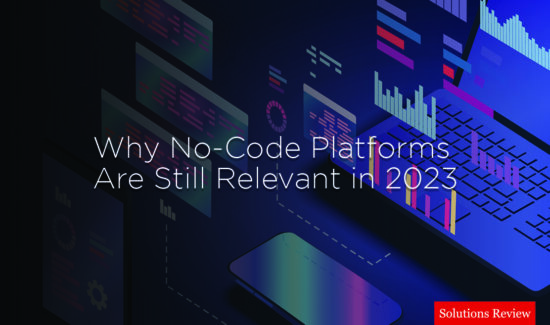Ch-Ching: What You Need to Know About for Your Mobile App Budget

Fiscal responsibility isn’t the most exciting and comfortable thing to discuss. In fact, it’s probably up there with street fundraising as the quickest way to get people to turn the other way. However, it’s a skill that too few people possess. Both businesses and individuals often leap into investments without understanding the long-term benefits and consequences.This especially holds true with mobile application development. There are a number of approaches to launching your first mobile application. Will you build it yourself, or will you outsource the project to a third party developer? Will the app be native? How feature rich will the application be? Each of these decisions has an effect on the overall price of the project. when it comes to app development, you’ll always get what you paid for. If you’re looking to build an application that will hold up over time, satisfying both you and your customer, you’ll need to invest the time and money into planning, talent, and a long term strategy. Toss any of these to the side or look for a shortcut, and you risk devaluing your final ROI.
The Android Problem
Keep in mind that with all of the developments that have come into play in the last few years, Android mobile applications remain a more expensive and time intensive endeavor. According to Savvy Apps, usually take around 2-3 times longer to build than an iOS application. The site recommends that for companies looking to get their footing established in mobile apps, the best approach is to start with iOS and head into Android later on.
Post-Development Costs
It would be nice to think of app development as a one time cost. But unfortunately, mobile applications require near constant maintenance, and the initial cost is just the beginning of a long journey ahead. A Forrester study found that the average amount enterprises spent on a typical mobile application ($5K-$150K) is actually just around a third of the true two-year cost. In 2015 Commentum estimated that the maintenance cost for a medium sized app project is roughly $5,000-$11,000 per month. Keep in mind that with several anticipated updates per year, long term budgeting is an absolute necessity.
Widget not in any sidebars
Budget Planning
The process of actually sitting down and planning a budget can be long and arduous. It should include promotional measures in addition to the cost of development and maintenance. If no one knows about your app in the first place, how can you expect a return on your investment. Consider joining some social media groups to discuss some concerns your having about app development. Through networking, you may find people with similar projects as you, so you can begin to get an idea of a cost.
Next, you need to start laying the groundwork for the project by keeping track of any features you wish to include, platforms you’ll develop for, security measures, and the number of expected. With a full feature list, you can begin to talk to developers about the costs associated with the project. Keep in mind that if your project doesn’t reach at least $500K, many larger developers won’t even bother with you. If you choose to develop in-house with a low-code development platform, you should realize that while development costs may be significantly reduced, you may not experience the same feature-rich finished project that you’d receive from a professional development team.
Survey Findings
A number of surveys recommend that the price range for developing an enterprise mobile app is most often from $100,000 to $500,000:
- A VDC survey of enterprise app developers found mobile apps to cost an average of $140,000 each.
- A Clutch survey of app development companies indicated a median price of $171,450 per app.
- A Kinvey survey of CIOs found the average price to be $270,000 per app.
- Cost calculators provided by various companies show a feature-rich app might cost from $267,000 to $360,000.
- An EMM survey showed over 75% of enterprises budgeting over $250,000 for mobility solutions, with over 25% budgeting over $1.5 million.
- 5 Questions to Ask When Hiring a Mobile App Developer - August 22, 2017
- The Top 10 User Experience Blogs You Need to Follow in 2017 - July 17, 2017
- Solutions Review Presents: The User Interface Hall of Shame - July 13, 2017






















